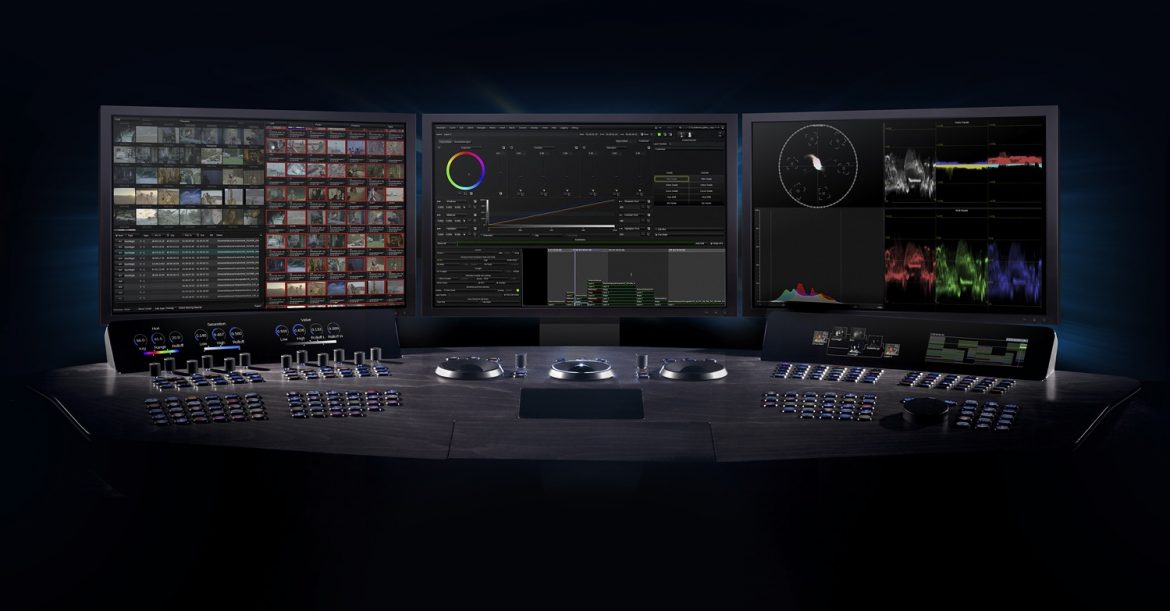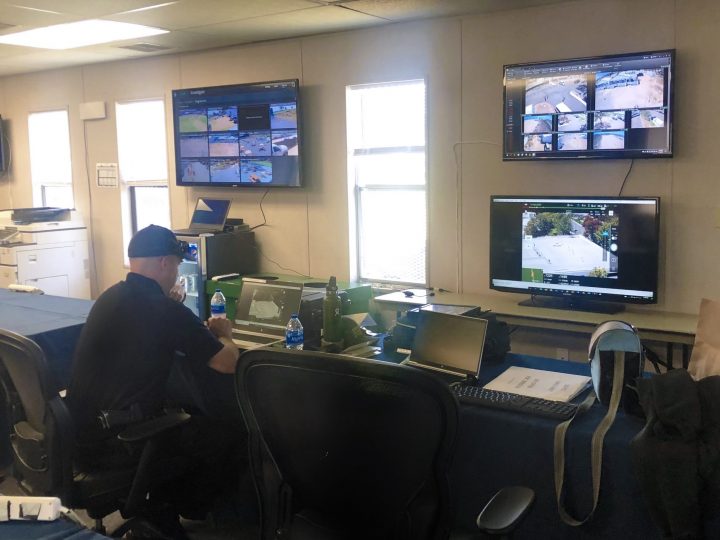
[12 June 2017]
When you book a commercial into the Super Bowl coverage, you know that the creative and technical quality is going to be under real scrutiny. So for Nissan’s Return of the Snowman spot, VFX specialists The Embassy in Vancouver banded together with post house Alter Ego – 3400km away in Toronto – by harnessing FilmLight’s BLG (Baselight Linked Grade) workflow.
The Embassy is well known for its photo-realistic, hard surface VFX work, from creating the digital Iron Man suits for all three films to building massive drop ship hangers for The Hunger Games trilogy. Having worked on countless commercials with Alter Ego, The Embassy made the decision to become part of the creative process for grading, to improve the efficiency and precision of their VFX work and present a consistent preview to their clients.
As Alter Ego runs Baselight as their flagship grading system, the render-free BLG workflow was ideal for the situation, even given the distance between the two sites and the tight timescale of the production.
The raw footage from the live action shoot was delivered to both facilities. Then working out of Toronto, Alter Ego colourist Wade Odlum set the initial look with the director Cedric Nicolas-Troyan and the agency.
Colourist Wade Odium comments: “To create the look for Nissan ‘Return of the Snowman’, we decided to go with a desaturated winter feel, slightly on the cool side, but we had to maintain the car colours and skin tone throughout.”
The individual grade for each was then handed over to The Embassy over in Vancouver simply by transferring small BLG files containing the colour metadata. VFX supervisor David Casey loaded the raw footage into NUKE and, using the Baselight for NUKE plugin, added the latest version of the grades from Toronto. Casey and Odlum saw exactly the same grade, however many times it was updated, simply by exchanging compact metadata files, with no time-consuming rendering or video file transfers.
“As the project progressed, I would update the BLG, tweaking grades or matte shapes depending on the VFX,” says Casey. “For example, I would tweak colour suppression that was no longer required, or tweak mattes once the CG characters were placed in the scene.
“When the VFX were complete, I passed it back to Alter Ego, now with the VFX and the updated BLG files. Wade then could reload the shots into Baselight and do a final pass to add the final polish.”
Wade adds, “The best thing was that, every time a work in progress was made for the clients to see, everyone was looking at the spot with the colour correction that we set. Once it came time for the final grade, we were simply passed the ungraded VFX shots and put them back in our timeline. All of our original colour correction applied perfectly, and with the supplied mattes we were able to finish the spot.”
The FilmLight BLG workflow allows the complete grading information to be passed from device to device: not just to Baselight workstations but, through the use of the Baselight Editions plugins, to popular editing and VFX packages such as Avid and NUKE. Artists like David Casey can operate in their familiar operating environment but see the precise grade set by the colourist, and can adjust that grade as they need to during the lifecycle of the project.
“When Baselight Editions for NUKE launched I was blown away by the potential. Using BLGs and Baselight for NUKE eliminates the unnecessary delays of rendering and file transfers, so the job gets done in a realistic timescale. And because each artist can focus on their part of the project, the final result is creatively more refined, engaging and exciting. It is a real win-win.”






